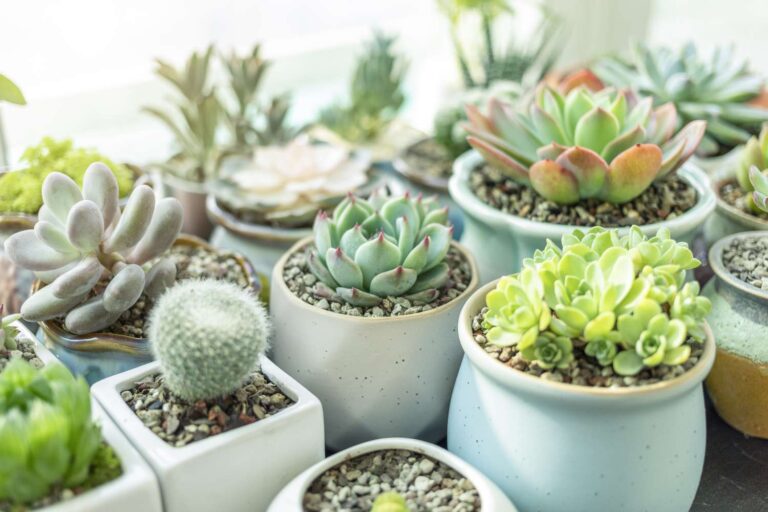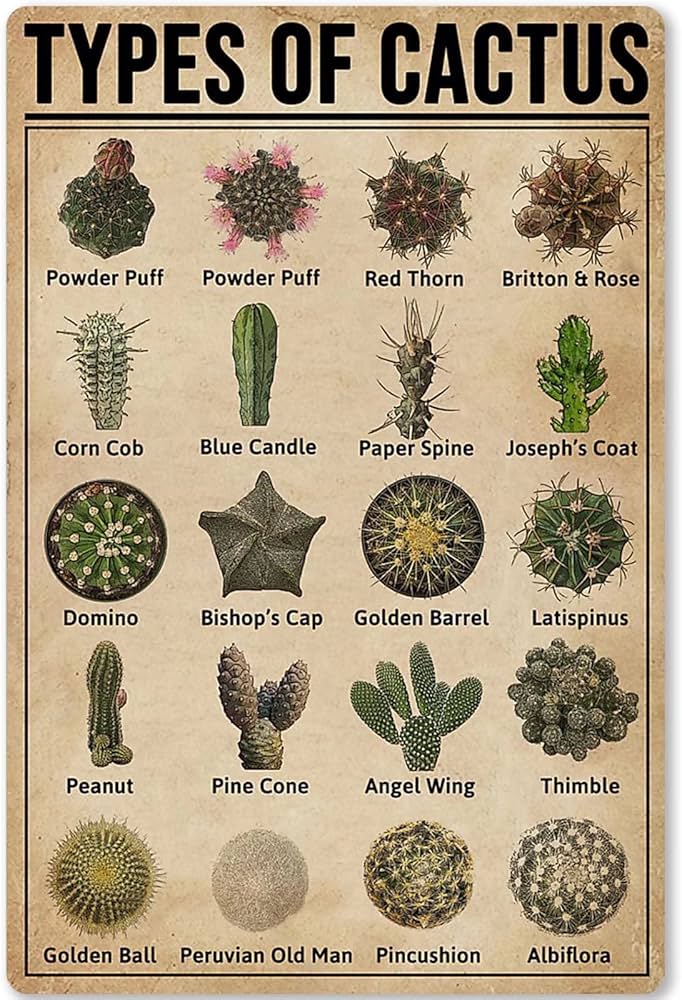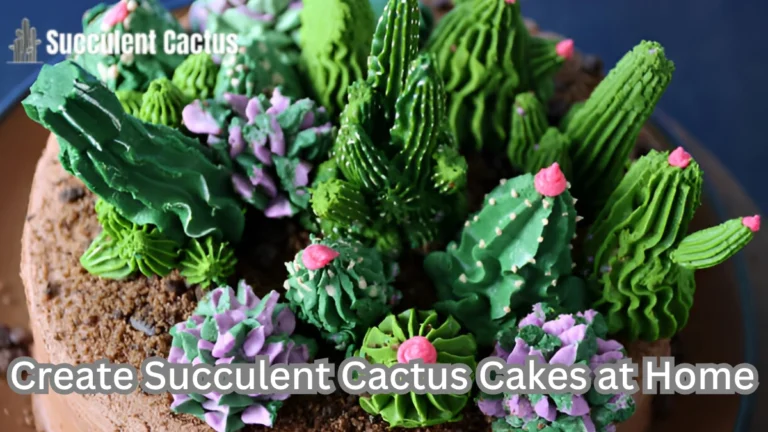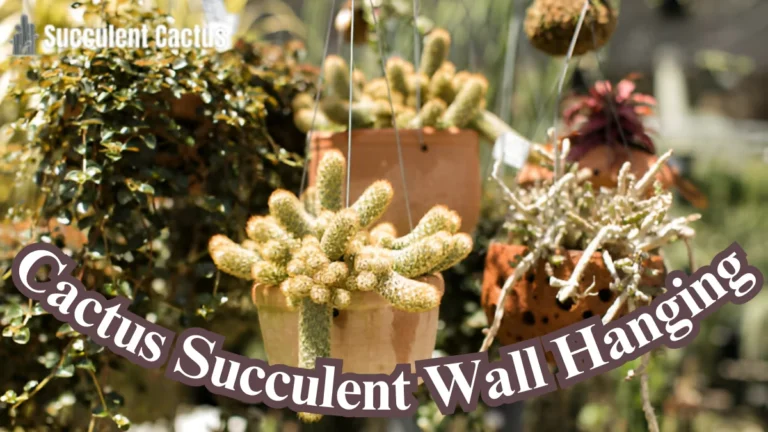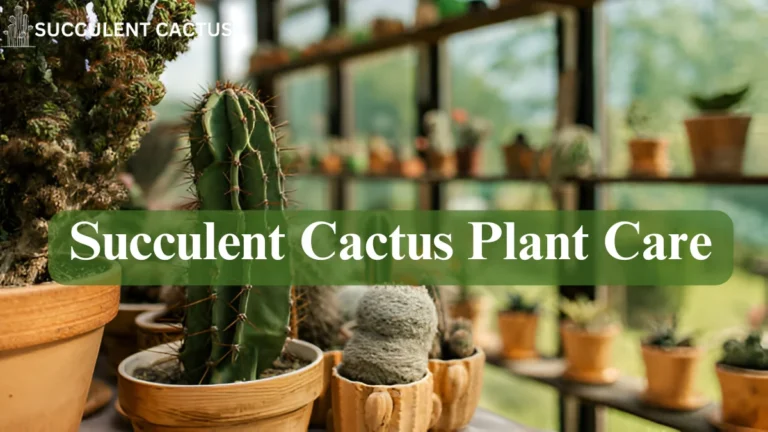Thanksgiving Cactus (Schlumbergera) Succulent Red Flower: The Complete Guide
The Thanksgiving cactus (Schlumbergera truncata) is a stunning succulent that produces vibrant red flowers during the holiday season. This hardy, low-maintenance plant thrives indoors, making it an excellent choice for both beginner and experienced plant enthusiasts. In this guide, we’ll explore everything about the Thanksgiving cactus, from care tips and propagation to its significance as a holiday decoration.
What Is a Thanksgiving Cactus?
The Thanksgiving cactus is a tropical succulent known for its bright flowers, segmented stems, and easy-care nature. Despite being called a cactus, it differs from desert cacti in several ways.
Characteristics of the Thanksgiving Cactus
| Feature | Details |
| Scientific Name | Schlumbergera truncata |
| Common Names | Thanksgiving cactus, Crab cactus |
| Flower Colors | Red, pink, white, orange, yellow |
| Bloom Season | Late fall (November-December) |
| Lifespan | 30+ years with proper care |
| Light Requirements | Bright, indirect sunlight |
| Watering Needs | Moderate; allow top inch of soil to dry between watering |
How It Differs from Christmas and Easter Cacti
The Thanksgiving cactus is often confused with Christmas and Easter cacti. However, they have distinct differences:
- Thanksgiving cactus: Has pointed, claw-like stem segments and blooms in November.
- Christmas cactus: Features rounded, scalloped segments and blooms in December.
- Easter cactus: Has thicker, wavy-edged segments and blooms in spring.
How to Care for a Thanksgiving Cactus
Proper care ensures vibrant blooms and a healthy plant year-round.
Ideal Light and Temperature Conditions
- Light: Prefers bright, indirect sunlight. Avoid direct sun exposure, which can scorch the leaves.
- Temperature: Thrives in 60–70°F (15–21°C) during the day and slightly cooler nights.
- Humidity: Prefers moderate humidity levels, mimicking its natural rainforest habitat.
Watering and Soil Requirements
- Water when the top inch of soil is dry, usually every 7–10 days.
- Avoid overwatering to prevent root rot.
- Use a well-draining soil mix:
- 50% potting soil
- 25% orchid bark
- 25% perlite or sand
Fertilization and Nutrient Needs
- Use a balanced fertilizer (10-10-10 or 20-20-20) every 4-6 weeks during spring and summer.
- Reduce feeding in fall to encourage blooming.
How to Encourage Blooming
Thanksgiving cacti produce flowers when given the right conditions.
The Importance of Light and Darkness
To trigger blooms, the plant needs:
- 12–14 hours of darkness per night for 6–8 weeks before blooming.
- Bright, indirect light during the day.
Temperature and Watering Adjustments
- Keep temperatures between 55–60°F (13–16°C) at night.
- Reduce watering slightly but do not let the soil dry out completely.
When to Expect Flowers
- Buds typically appear in October.
- Flowers bloom in November or early December and last 2–4 weeks.
Propagation: Growing New Thanksgiving Cactus Plants
Propagation allows you to create new plants from cuttings.
Best Time to Propagate
- The ideal time is after blooming, in late winter or early spring.
Step-by-Step Propagation Guide
| Step | Action |
| 1. Take a Cutting | Use sterilized scissors to cut a 3–4 segment stem. |
| 2. Let It Dry | Allow the cutting to dry for 24–48 hours to prevent rot. |
| 3. Plant in Soil | Place the cutting in moist, well-draining soil. |
| 4. Provide Indirect Light | Keep the cutting in a bright location with indirect light. |
| 5. Water Sparingly | Water lightly and only when the soil is completely dry. |
Common Problems and Solutions
Like any plant, the Thanksgiving cactus can encounter issues that affect its health and blooming ability. Recognizing and addressing these problems early can ensure a long, vibrant life for your plant.
Identifying Common Issues
Thanksgiving cacti are generally hardy, but some common issues include:
- Yellowing leaves
- Dropping flower buds
- Shriveling or wilting stems
- Fungal infections
Understanding the causes of these problems will help you take corrective action before they become severe.
Why Leaves Turn Yellow and How to Fix It
Yellowing leaves are usually a sign of overwatering, poor drainage, or nutrient deficiencies.
- Overwatering can lead to root rot, causing the plant to absorb fewer nutrients. To fix this, allow the soil to dry out between waterings and ensure proper drainage.
- Poor soil quality can prevent the plant from getting the necessary nutrients. Using a well-draining soil mix with organic matter can improve plant health.
- Lack of nutrients may also cause yellowing leaves. Feeding the plant with a balanced fertilizer during the growing season can correct this issue.
Flower Buds Dropping Before Blooming
It can be frustrating when flower buds form but drop before opening. This usually happens due to:
- Sudden temperature changes, such as placing the plant near a drafty window or heating vent. Keep temperatures stable around 60–70°F.
- Too much movement, as moving the plant frequently while buds are forming can cause stress. Once buds appear, avoid relocating the plant.
- Overwatering or underwatering, which can disrupt the blooming cycle. Maintain a consistent watering schedule, keeping the soil slightly moist but not soggy.
How to Repot a Thanksgiving Cactus
Repotting is essential for maintaining a healthy Thanksgiving cactus. Over time, soil loses its nutrients, and roots outgrow their container.
When and Why to Repot
Repotting should be done every two to three years, preferably in spring. Signs that your cactus needs repotting include:
- Roots growing out of the drainage holes
- Soil drying out too quickly after watering
- Stunted growth and fewer blooms
Repotting provides fresh nutrients, improves soil aeration, and prevents root-bound conditions.
Choosing the Right Soil and Pot
Thanksgiving cacti thrive in well-draining soil that mimics their natural habitat. A good mix consists of:
- 50% cactus potting mix
- 25% orchid bark for aeration
- 25% perlite or sand for drainage
The pot should have drainage holes to prevent excess moisture from accumulating at the roots. A slightly larger pot than the previous one is ideal, as too much space can lead to overwatering.
Step-by-Step Guide to Repotting
- Gently remove the plant from its current pot, shaking off excess soil.
- Trim any damaged or rotting roots with sterilized scissors.
- Fill the new pot with fresh soil mix, ensuring good aeration.
- Place the plant in the center, spreading roots evenly.
- Lightly water the plant and allow it to adjust for a few days before resuming normal care.
Pruning and Shaping for Healthier Growth
Pruning is essential for maintaining the plant’s shape, promoting fuller growth, and encouraging more blooms.
Why Pruning Is Important
Regular pruning helps the Thanksgiving cactus in several ways:
- Encourages bushier growth by stimulating new shoots
- Improves air circulation, reducing the risk of fungal infections
- Removes unhealthy or damaged segments, allowing the plant to direct energy toward healthy growth
How to Prune Without Harming the Plant
- Use sterilized scissors or pruning shears to prevent infections.
- Identify segments that are overgrown, leggy, or damaged.
- Cut at the joint where two segments connect, ensuring a clean break.
- Avoid cutting more than one-third of the plant at once to prevent stress.
How Pruned Segments Can Be Used for Propagation
Instead of discarding cut segments, use them to propagate new plants. Let the cuttings dry for 24–48 hours before planting them in soil. Within a few weeks, they will develop roots and grow into new plants.
The Lifespan of a Thanksgiving Cactus and How to Keep It Thriving
A well-cared-for Thanksgiving cactus can live for decades, sometimes even passing down through generations.
Factors That Contribute to a Long Lifespan
- Providing stable temperature and humidity levels
- Avoiding overwatering and ensuring proper drainage
- Repotting periodically to refresh soil nutrients
- Keeping the plant in a stable location without frequent movement
Common Mistakes That Shorten Lifespan
- Allowing the plant to sit in soggy soil, leading to root rot
- Exposing it to direct sunlight for extended periods, causing sunburn
- Neglecting proper fertilization, resulting in nutrient deficiencies
How Long Thanksgiving Cactus Blooms Last
With proper care, the plant can bloom for several weeks at a time, with flowers lasting 2–4 weeks before wilting. Encouraging multiple bloom cycles by providing darkness and cooler temperatures at night can extend the blooming period.
Decorating With a Thanksgiving Cactus
Thanksgiving cacti make stunning decorative pieces, whether used as a focal point or part of a larger plant arrangement.
Using as a Table Centerpiece
Placing a Thanksgiving cactus in a decorative pot can make a festive holiday centerpiece. Adding candles, pinecones, and autumn-themed decorations enhances its seasonal appeal.
Hanging Basket Arrangements
Because of their cascading growth, these plants look stunning in hanging baskets. They create a waterfall-like effect when placed on high shelves or in hanging pots.
Pairing With Other Holiday Plants
Thanksgiving cacti pair well with other festive plants, such as:
- Poinsettias for a traditional holiday theme
- Christmas cacti for a combination of bloom cycles
- Amaryllis for contrasting flower shapes and colors
Why the Thanksgiving Cactus Makes a Perfect Gift
Thanksgiving cacti symbolize gratitude and resilience, making them an excellent gift during the holiday season.
Meaning Behind Gifting a Thanksgiving Cactus
The plant’s ability to bloom during a time of reflection and family gatherings represents perseverance and appreciation. Giving one as a gift conveys a message of warmth and good wishes.
Ideal Occasions for Gifting
- Thanksgiving gatherings
- Housewarming parties
- Birthdays and anniversaries
How to Present a Thanksgiving Cactus as a Gift
- Choose a decorative pot that complements the recipient’s home decor
- Include a small care guide with tips on watering, light, and fertilization
- Wrap the pot with burlap or holiday-themed ribbon for an added touch
Interesting Facts About Thanksgiving Cacti
Thanksgiving cactus (Schlumbergera) succulent have a rich history and fascinating characteristics that make them unique.
Origins and Natural Habitat
These plants are native to the coastal mountains of Brazil, where they grow on trees as epiphytes. Unlike desert cacti, they thrive in humid, shaded environments.
Unique Growth and Blooming Cycle
Thanksgiving cacti follow a photoperiodic cycle, meaning they bloom based on light exposure. This trait allows them to flower predictably around the holiday season.
Long Lifespan and Generational Value
Many families pass down Thanksgiving cacti as heirloom plants, with some specimens living over 50 years.
FAQs About Thanksgiving Cactus (Schlumbergera) Succulent
How often should I water my Thanksgiving cactus (Schlumbergera) succulent? Water when the top inch of soil feels dry, usually every 7–10 days.
Why is my Thanksgiving cactus not blooming? It may not be getting enough darkness. Provide 12–14 hours of darkness for 6–8 weeks before blooming season.
Can a Thanksgiving cactus survive outdoors? Yes, but only in USDA zones 10–12. In colder climates, it should be kept indoors.
How long do Thanksgiving cactus flowers last? Each bloom lasts 2–4 weeks, depending on care and environmental conditions.
Can I propagate a single segment? Yes, let it dry for 24–48 hours before planting in soil. It should root within 3–6 weeks.
Conclusion
The Thanksgiving cactus (Schlumbergera) succulent is a beautiful, easy-care plant that brings seasonal color to homes. Whether growing, propagating, or gifting one, this plant remains a cherished addition to any space. With proper care, it can bloom beautifully for decades, becoming a beloved family tradition.

